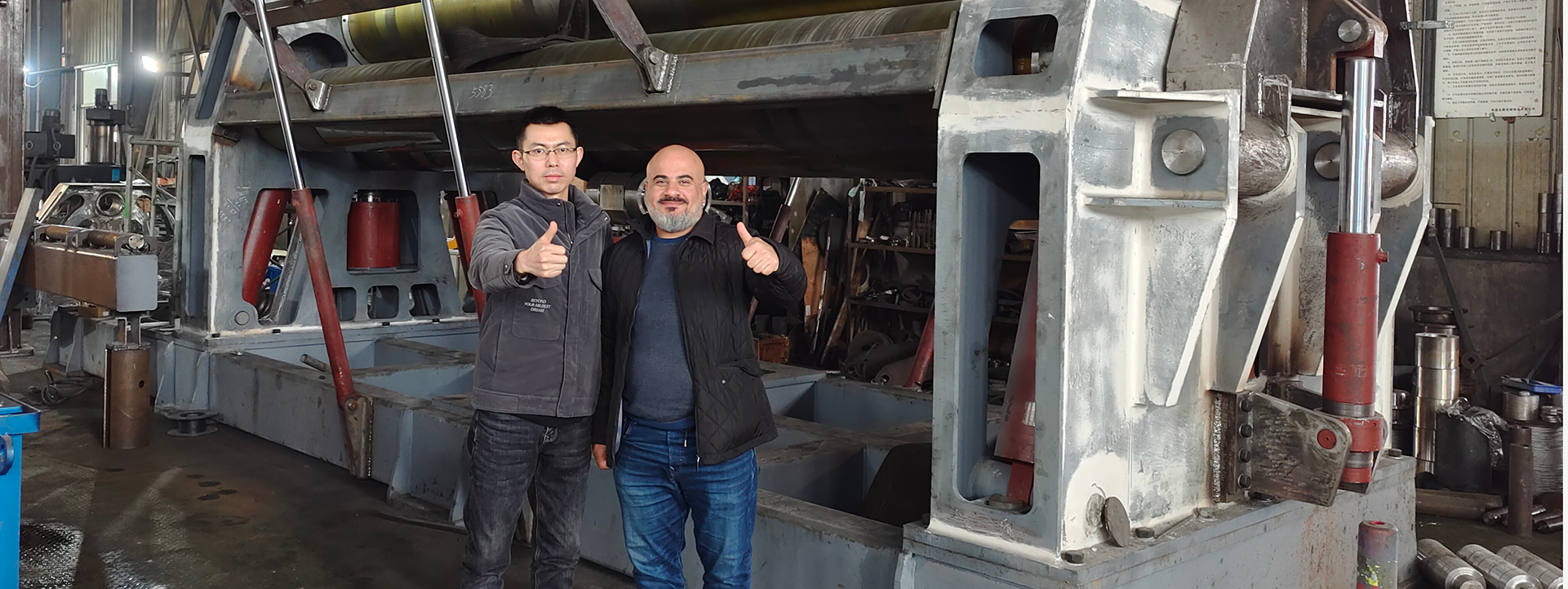Technological Advancements in Laser Cutting Machines
Fiber vs. CO2 Lasers: Efficiency and Precision Redefined
Fiber laser cutting machines and CO2 laser cutting machines each offer distinctive advantages in terms of efficiency, precision, and cost-effectiveness. Fiber lasers generally consume less energy and deliver faster cutting speeds compared to CO2 lasers, making them particularly suitable for cutting metals and polymers with precision. Industry experts often highlight the superiority of fiber lasers, noting that despite their higher initial costs, they offer long-term savings through reduced operational expenses and maintenance. Furthermore, fiber lasers are renowned for their exceptional cut quality and ability to work on thicker materials, ensuring precise outputs for complex components.
Hybrid Laser Systems for Multi-Material Versatility
Hybrid laser systems that combine fiber and CO2 technologies have revolutionized cutting capabilities across diverse industries. These systems are adept at handling a variety of materials, exhibiting versatility that traditional laser systems often lack. Their application spans automotive, aerospace, and construction industries, where they efficiently cut metals, plastics, and composites. Statistical data underscores the increased productivity rates achieved with hybrid systems, as they significantly reduce processing time while maintaining high-precision outputs. This synergy between fiber and CO2 technologies in hybrid systems not only amplifies efficiency but expands potential applications, setting new benchmarks in laser cutting technology.
Ultrafast Lasers: Revolutionizing Micro-Cutting Applications
Ultrafast laser technology plays a pivotal role in advancing precision micro-cutting applications, especially in sectors like electronics and medicine. These lasers operate with incredibly short pulse durations, allowing for meticulous cutting without affecting surrounding materials. Case studies in electronics and medical device manufacturing showcase how ultrafast lasers have streamlined production processes, enabling the creation of minute, intricate designs with unparalleled precision. Technical insights reveal that these brief pulses lead to minimal thermal impact, preserving material integrity and enhancing the overall manufacturing quality.
Automation and AI-Driven Innovations
Robotic Integration for High-Speed Production
Integrating robotics into laser cutting setups significantly enhances both throughput and efficiency. For instance, companies like Prima Power have incorporated robotic systems, leading to impressive reductions in cycle times while ensuring operational safety. Robots automate repetitive and hazardous tasks, allowing human operators to shift their focus to more complex operations, ultimately enhancing productivity. Industry forecasts suggest that robotic automation within the manufacturing sector, especially in laser cutting, is poised to grow dramatically in the coming years, driven by the compelling need for speed and precision in production.
AI-Powered Process Optimization and Error Correction
AI algorithms have transformed laser cutting by offering real-time monitoring and optimization capabilities. These intelligent systems reduce waste and improve precision through techniques like predictive maintenance, which anticipates equipment failures before they occur. By analyzing vast amounts of data, AI systems can dynamically adjust parameters, resulting in higher cutting quality and material efficiency. Industry experts, including those from Siemens, predict a strong future for AI in manufacturing, highlighting its potential to revolutionize precision and accuracy in laser cutting processes.
Synergy with CNC Plate Rolling Machines
Laser cutting machines, when combined with CNC plate rolling machines, create a streamlined operation that enhances manufacturing efficiency. This synergy allows for seamless workflows, significantly increasing production capabilities. For example, a workflow might involve laser cutting parts before automatically feeding them into CNC plate rolling machines for further processing, minimizing manual intervention and maximizing consistency. Industry insights reveal that automated systems working cohesively, like this combination, provide significant competitive advantages by reducing lead times and improving output quality in the manufacturing process.
Sustainability and Material Expansion
Energy-Efficient Laser Systems Reducing Carbon Footprints
Energy-efficient laser cutting systems have become essential tools in minimizing carbon footprints within the manufacturing sector. These systems are designed to consume less energy while maintaining high precision, ultimately reducing emissions compared to traditional methods. A comparative study highlighted the stark difference in energy consumption between older laser systems and their modern counterparts, revealing that newer systems significantly lower carbon emissions. Additionally, environmental organizations have endorsed these sustainable technologies, granting certifications that emphasize their role in promoting eco-friendly manufacturing.
Cutting Advanced Alloys and Recyclable Composites
Modern laser cutting machines are enhancing capabilities to process advanced alloys and recyclable composites. These machines facilitate the precision cutting of complex materials, enabling manufacturers to explore new possibilities in product design. The trend towards sustainability has increased the demand for materials that are both durable and recyclable, influencing the laser cutting industry significantly. Research findings suggest that using recyclable materials contributes positively to environmental conservation by reducing waste and resource depletion.
Laser Technology in Automotive and Medical Industries
Laser cutting technology is fostering innovations in the automotive and medical sectors, driving demand for precise and high-quality components. The automotive industry benefits from laser technology through the precise fabrication of parts essential for both performance and safety. Meanwhile, in the medical field, lasers are used to create intricate components necessary for advanced healthcare devices. Statistics show a steady growth in demand for laser-cut elements as industries seek ways to enhance product precision. Experts predict that laser technology will continue to evolve, leading to groundbreaking applications in these sectors.




